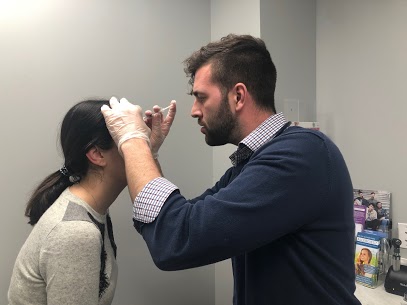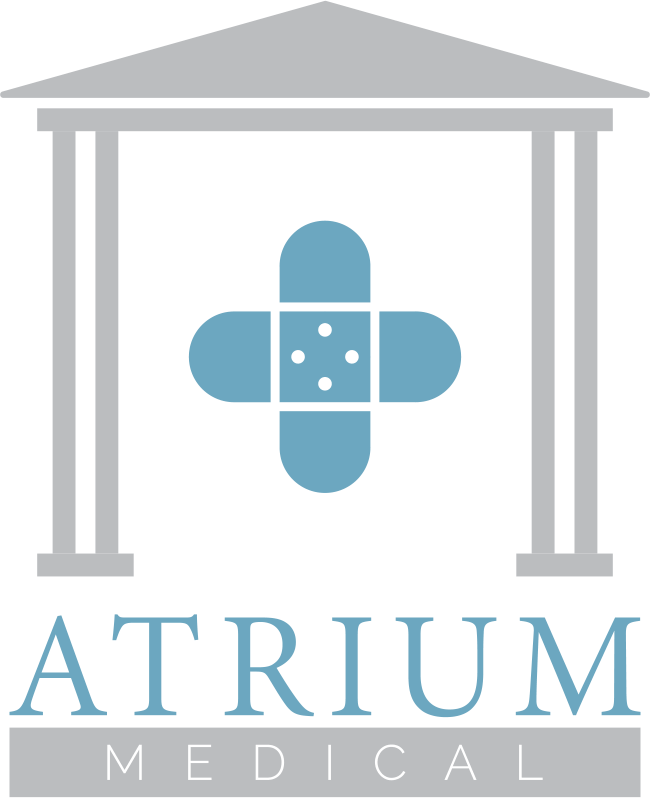Neuromodulators

From celebrities to everyday folk and from millenials to baby boomers: Botox is everywhere! While Botox has become eponymous with wrinkle softening all over the world, two other injectable products also perform a similar function: Xeomin and Dysport. All three of these brands belong to a general class of drug called a neuromodulator, though Botox was the original one and has become the generic term, like Kleenex or Q-tips. The mechanism of action in all cases is similar : once it gets injected, the drug blocks the signal pathway from the nerve to the muscle so the muscle can’t make the wrinkles. The main difference between Xeomin and Botox or Dysport is that Xeomin contains just one ingredient: botulinum toxin A; this is relevant as some patients may have developed antibodies to Botox and Dysport. The manufacturing process is also slightly different, which leads to some subtle differences in clinical practice.
All three brands – Botox, Dysport, and Xeomin – take about three to five days to kick in. Effects last for about three to five months — though every human body is different, and your mileage may vary.
It is important to note that cosmetology is not the only application of Botox and its fellow neuromodulators. Millions of people around the world suffer from hyper-hidrosis, which is excessive sweating. Botox can be injected into areas with over-active sweat glands (like the scalp, armpits, hands, and feet) to treat this condition. According to one study, a single treatment can provide over 6 months of relief from hyper-hidrosis.
In 2013, the FDA also approved Botox for use in adults who suffer from overactive bladder who have not had success with other medications. According to the press release: “Clinical studies have demonstrated that Botox has the ability to significantly reduce the frequency of urinary incontinence. Today’s approval provides an important additional treatment option for patients with overactive bladders, a condition that affects an estimated 33 million men and women in the United States.”
And perhaps the best-known non-cosmetologiical use of botox is in the treatment of headaches. In 2010, the FDA approved Botox for use in treating chronic migraines. Seven specific sites on the head and neck can be injected every 12 weeks for chronic migraine sufferers, and studies show that the results are quite effective.
Whether it is to rejuvenate your face or to combat one of these health conditions, talk to your Atrium provider about neuromodulator options that may be right for you.




